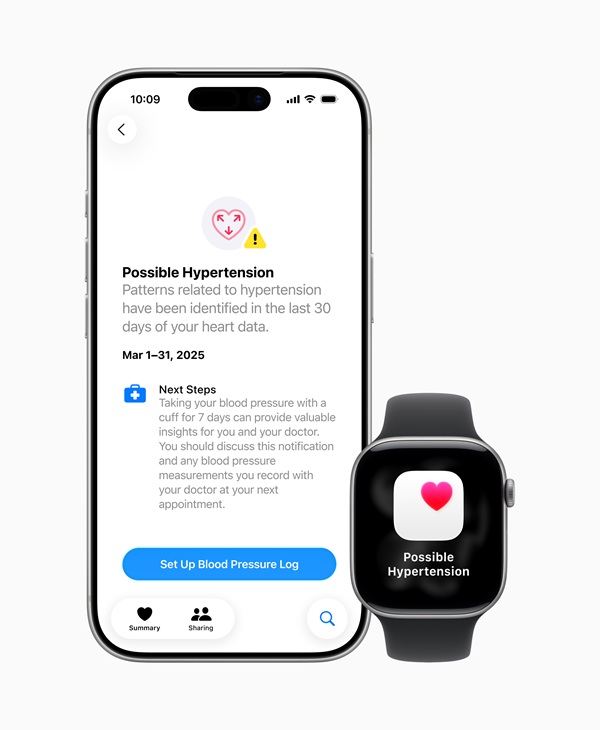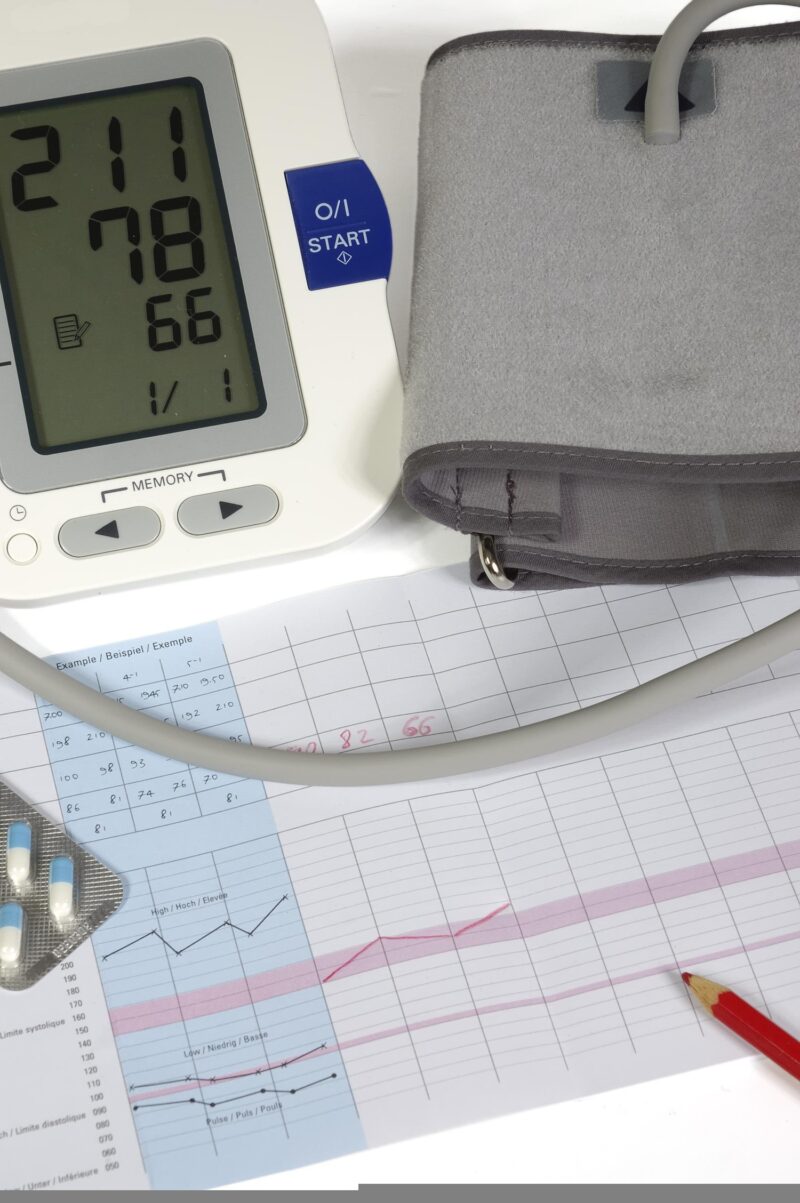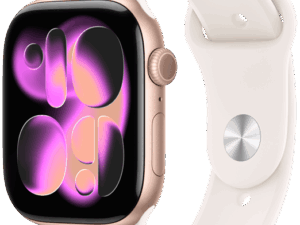Heart disease remains the leading cause of death for women, yet many of its warning signs can be silent. Among them is hypertension, or high blood pressure. It often goes undiagnosed until it leads to something far more serious.
Apple Watch’s latest innovation, hypertension notifications, is designed to make early awareness easy and was recently approved by Health Canada. I recently had the chance to speak with Dr. Adam Phillips, Cardiovascular Medicine Lead for Apple. He shared how this feature could change the way millions manage their heart health.
“Hypertension is the cardiovascular condition that impacts the greatest number of people in the world,” says Dr. Phillips. “It’s the largest modifiable risk factor for heart attacks, strokes, and kidney disease. If we can detect it early, we can change lives.”
Hypertension Notifications: How They Work

Apple’s health features are guided by three principles: scientific grounding, actionable insights, and privacy at the core. The new hypertension notification reflects all three.
With no setup or calibration required, users simply wear their Apple Watch for 30 days to generate a passive pre-screening. If the feature detects possible hypertension, it prompts the wearer to get formally screened by their doctor, an easy step that could have lifelong impact.
“It’s a low-effort, high-impact tool,” says Dr. Phillips. “If we find someone who has hypertension when they’re young and help them start treatment early, that can actually save their life.”
Built on Unprecedented Clinical Scale
To bring the hypertension notifications feature to life, Apple conducted research with over 100,000 participants across diverse demographics and blood pressure profiles. A subsequent prospective study of 2,000 people validated its accuracy and was submitted to regulatory authorities worldwide.
Once users receive a notification, the next step is the blood pressure logging experience, an intuitive digital log that allows users to track readings from a third-party cuff twice daily for seven days. The feature bridges the gap between awareness and action, creating a clean, shareable record to bring to a physician’s appointment.
“It’s a simple way to digitize and organize something that used to be chaotic,” Dr. Phillips says. “No more coffee-stained notebooks with unreadable numbers.”
Why It Matters for Women
While hypertension affects both men and women, the risk trajectory differs. “For men, the risk increases steadily over time,” Dr. Phillips explains. “For women, it’s lower before menopause and higher after. That’s when vigilance becomes critical.”
He adds that lifestyle changes can make a significant difference in managing blood pressure, especially before medication becomes necessary. A low-sodium diet, consistent sleep, regular cardiovascular exercise, and moderating alcohol intake are proven strategies to help lower blood pressure naturally.
Wearable Tech That Works With You
Apple’s goal is not to dictate health behaviour but to empower users with transparent information. The company’s expanding health ecosystem, from cycle tracking to sleep scoring, helps women stay in tune with their bodies and identify patterns that might otherwise go unnoticed.
“We don’t want to tell people what to do,” Dr. Phillips says. “We want to give them the information to make the choices that are right for them.”
For those already diagnosed with hypertension, Apple’s 30-day blood pressure log can act as a helpful reminder system, ideal for women juggling work, family, and everything in between. Consistency, says Dr. Phillips, is key: “Measure first thing in the morning or right before bed, when you’re calm, seated, and caffeine-free.”
From Data to Doctor
One of the most promising developments in recent years is the growing collaboration between wearables and clinicians. “When we first launched irregular rhythm notifications, there was skepticism,” Dr. Phillips admits. “Now, doctors expect that wearables will provide meaningful, clinically useful information.”
To make those interactions seamless, Apple has created a shareable PDF summary showing blood pressure graphs and readings over time. It is a tool that helps patients and doctors have more productive, data-driven conversations.
Changing Lives Through Awareness
Apple’s health initiatives have already led to countless “Dear Apple” letters — heartfelt stories from users whose watches alerted them to conditions they didn’t know they had. For Dr. Phillips and his team, those moments define the impact of their work.
“We love hearing that a notification sent someone to the doctor, led to a diagnosis, and changed their outcome,” he says. “That’s why we do this.”
With hypertension notifications and blood pressure logging now part of the Apple health ecosystem, the message is clear: awareness is power. Just a reminder, the Apple Watch cannot detect heart attacks.
When it comes to heart health, especially for women, information really can be lifesaving.








